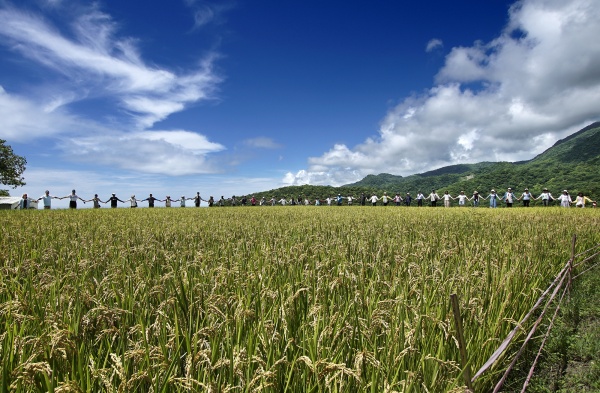Parties and governing bodies of the Convention on Biological Diversity (CBD) have been involved in an ongoing policy process to explore the identification and designation of “other effective area-based conservation measures” (OECMs), meaning conservation areas other than legally protected areas. A document defining and outlining criteria for identification of OECMs was developed by a team spearheaded by the International Union for Conservation of Nature (IUCN), and was subsequently accepted by the Conference of the Parties to the CBD. UNU-IAS and CI have both been involved in this policy process—particularly in terms of how the concept of “socio-ecological production landscapes and seascapes” (SEPLS) as promoted under the Satoyama Initiative relates to and can contribute to OECMs.
Building on this work already begun, the project outlined here aims to further develop understanding of landscape approaches and OECMs and to help Parties with designation and management of OECMs. Ultimately, the project will contribute toward the long-term goals of improving sustainability and resilience in landscapes and seascapes, real-world contributions to the 2050 Vision of the CBD “living in harmony with nature”, and recognition of the importance of productive landscapes for biodiversity and global sustainability policy.

